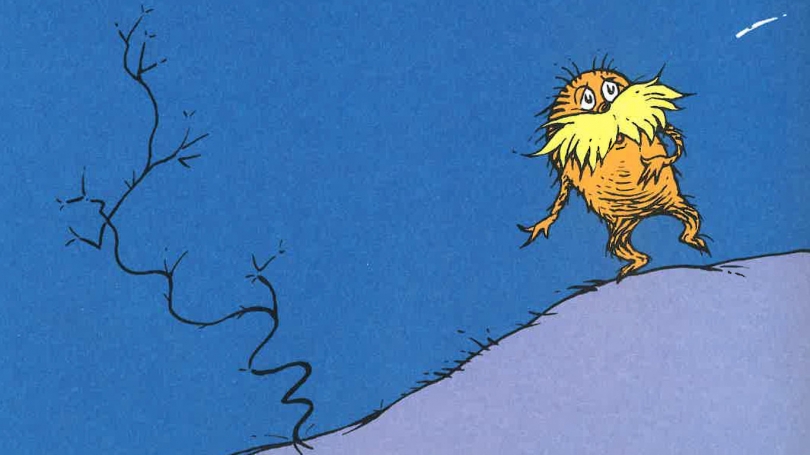
Menu
- About
- Undergraduate
- Graduate
- Foreign Study
- Research
- News & Events
- People
Back to Top Nav
Back to Top Nav
Back to Top Nav
Back to Top Nav
Back to Top Nav
The paper released on July 23, 2018, in the prestigious journal Nature Ecology & Evolution, has been featured in the New York Times and the Washington Post among many other media outlets.
Nathaniel J. Dominy, Sandra Winters, Donald E. Pease & James P. Higham
Nature Ecology & Evolution volume 2, pages1196–1198 (2018) |
The modern US environmental movement was born in 1970. The year began with the National Environmental Policy Act on 1 January and closed with the establishment of the Environmental Protection Agency on 2 December. Other milestones occurred in April, including the first observance of Earth Day — then the largest grassroots demonstration in history, drawing an estimated 20 million people globally1 — and the release of ‘Big Yellow Taxi’, a folksong by Joni Mitchell that quickly became the eco-anthem for the environmental movement. It was in this highly charged atmosphere that Theodor ‘Dr Seuss’ Geisel resolved to write an environmental book for children.
Click here to read the full paper in Nature Ecology & Evolution.
"Who Was the Real Lorax? Seeking the Inspiration for Dr. Seuss" By JoAnna Klein , July 23, 2018, The New York Times.
“The prevailing sense among literary critics is that the Lorax is too angry and that environmentalists can’t afford to adopt that kind of rhetoric because it will never work with policymakers,” said Nathaniel Dominy, an anthropologist and evolutionary ecologist at Dartmouth College and lead author of the paper. “If you see the Lorax not as some indignant steward of the environment, but instead, as a participating member of the ecosystem, then I think his anger is so much more understandable, and I think, forgivable.”
Click here to read the full article in the New York Times.
"Is Dr. Seuss’s Lorax real? These professors may have solved a 47-year-old mystery."
The new study, “Dr. Seuss and the Real Lorax,” stemmed from a chance encounter at Dartmouth. Nathaniel J. Dominy, an anthropology professor with two small children, and Donald E. Pease, an English professor who wrote a biography of Geisel, found themselves seated next to each other at an academic dinner. The two scholars soon realized that their work overlapped in a curious way: Dominy is an expert on primates in Kenya; Pease noted that Geisel published “The Lorax” soon after a trip to Kenya in 1970.
As Dr. Seuss would say, “Oh, the thinks you can think up if only you try!”
Click here to read the full article in the Washington Post.